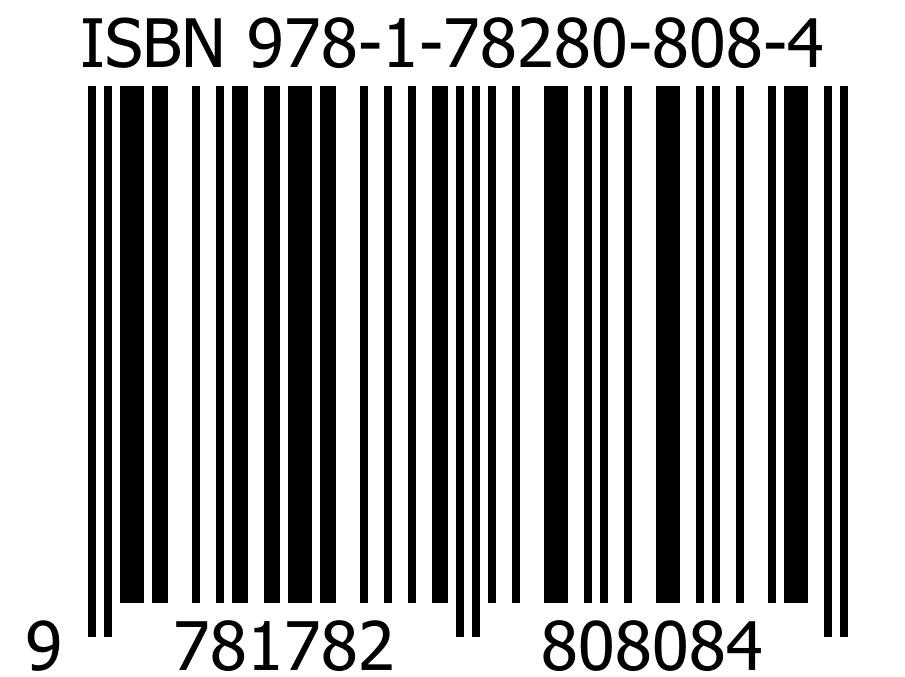The acronym for ISBN is International Standard Book Number. It is a numeric commercial book number that is unique to every book edition. The number is usually found on the back right corner of a book. Generally, if a book was published before 2007, it has a 10 digit ISBN. If a book was published after 2007, then it would have a 13 digit ISBN. The idea of the ISBN came from David Whitaker of the United Kingdom, who expanded from Gordon Foster’s 9 digit Standard Book Numbering (SBN) code. The 10 digit ISBN format was then developed and adopted by the International Organization for Standardization (ISO) in 1970 and published as ISO 2108. The ISBN13 version of the ISBN was introduced to replace the ISBN10 version because of the need to expand the amount of ISBNs available.

What do each of those numbers in the ISBN mean?
An ISBN10 has 4 identifier groups, while an ISBN13 has 5 identifier groups. The difference between the two number systems is an ISBN13 has a prefix element that the ISBN10 does not. The prefix element of an ISBN13 allows for a vast amount of books, which is why the ISBN13 was created.
1. Prefix Element (ISBN13 Only)
The prefix element is a 3 digit number, that is shown on publications (after 2007) as either 978 or 979.
2. Registration Group Element
This section of the number will provide people with the book’s language area, country and geographical location.
3. Registrant Element
This number will indicate the imprint and the publisher.
4. Publication Element
The publication element provides the actual format of the specific title and the particular edition.
5. Check Digit
The check digit is the final single digit that is listed in an ISBN10 and ISBN13. It is used to check for errors in the number.
Using an ISBN10 or ISBN13 on CheapestTextbooks.com is the fastest most efficient way to price compare a textbook. When the user puts an ISBN10 or ISBN13 number into the CheapestTextbooks.com search bar, the software takes the user directly to the price comparison page. This is faster and more efficient. The user will skip the middle step of locating the book for which they want to price compare. If the user has the ISBN, then they will already know the exact book they want to price compare.

